
Qualcomm, the global leader in wireless communications, and Mediatek, one of the world's largest chipmakers, are preparing for the migration of system-on-chip (SoC) to a 4-nanometer (nm) process for mid-range and entry-level smartphones. The move represents technological progress in the global semiconductor industry and the demand for high-performance and more energy-efficient products in the global smartphone market.
This move by Qualcomm and Mediatek is mainly driven by three aspects. First, with the advancement of technology, 4nm process SoC chips can provide better performance and higher energy efficiency. Second, as competition in the global smartphone market intensifies, manufacturers are seeking differentiated products and services to attract consumers. Finally, as consumer demand for high-performance mobile phones grows, manufacturers must provide better products to meet the market demand.
Qualcomm and Mediatek's investment in the 4nm process will directly affect the competitive landscape of the global smartphone market. First, it will push global smartphone manufacturers to offer higher performance products. This will help them gain a greater competitive advantage in the global market. Second, it will drive technological innovation in the global smartphone market. Finally, it could trigger a worldwide price war. Especially in the middle and low-end market, manufacturers may lower prices in order to compete for market share.
However, the move by Qualcomm and Mediatek comes with some risks. First, the production cost of a 4nm process SoC chip will be higher than existing processes. This could lead to higher prices for phones, which could affect consumers' willingness to buy. Secondly, the production of the 4nm process So chip is also more difficult than the existing process. This can lead to a decrease in production efficiency, which can affect the stability of the supply chain.
In general, Qualcomm and Mediatek's migration to 4nm processes for mid-range and entry-level smartphone SoCs is both a manifestation of technological progress in the global semiconductor industry and an increase in competition in the global smartphone market. While this move may bring some risks, overall, it will help drive the global smartphone market. For consumers, they can expect future smartphones to offer better performance and greater energy efficiency.
The Products You May Be Interested In
 |
CLP0448FPXXXZ01A | CLP0448FPXXXZ01A 450W OPEN FRAME | 288 More on Order |
 |
ATS030A0X3-SRPH | DC DC CONVERTER 0.8-2.75V 83W | 308 More on Order |
 |
SW003A5F94Z | DC DC CONVERTER 3.3V 12W | 190 More on Order |
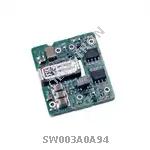 |
SW003A0A94 | DC DC CONVERTER 5V 15W | 267 More on Order |
 |
QRW010A0B1 | DC DC CONVERTER 12V 120W | 403 More on Order |
 |
QHW075F1-Q | DC DC CONVERTER 3.3V 50W | 232 More on Order |
 |
LW020F | DC DC CONVERTER 3.3V 20W | 113 More on Order |
 |
LW015F | DC DC CONVERTER 3.3V 15W | 170 More on Order |
 |
LW010A9 | DC DC CONVERTER 5V 10W | 122 More on Order |
 |
JRW065A0G1 | DC DC CONVERTER 2.5V 163W | 465 More on Order |
 |
JFW150A1 | DC DC CONVERTER 5V 150W | 294 More on Order |
 |
JC030A1-M | DC DC CONVERTER 5V 30W | 322 More on Order |
 |
HW050AF | DC DC CONVERTER 5V 3.3V 53W | 111 More on Order |
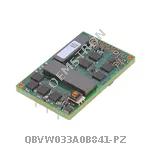 |
QBVW033A0B841-PZ | DC DC CONVERTER 12V 400W | 434 More on Order |
 |
QBVW025A0B641-PHZ | DC DC CONVERTER 12V 300W | 141 More on Order |
 |
QBVW025A0B1-HZ | DC DC CONVERTER 12V 300W | 103 More on Order |
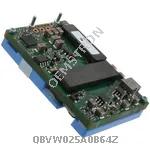 |
QBVW025A0B64Z | DC DC CONVERTER 12V 300W | 469 More on Order |
 |
EHHD020A0F641Z | DC DC CONVERTER 3.3V 66W | 338 More on Order |
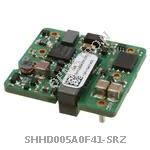 |
SHHD005A0F41-SRZ | DC DC CONVERTER 3.3V 15W | 307 More on Order |
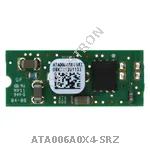 |
ATA006A0X4-SRZ | DC DC CONVERTER 0.8-5.5V 33W | 152 More on Order |
 |
SSTW001A3B41-SRZ | DC DC CONVERTER 12V 15W | 257 More on Order |
 |
PNVT003A0X3-SRZ | DC DC CONVERTER 0.45-5.5V | 1068 More on Order |
 |
SSTW003A0A41Z | DC DC CONVERTER 5V 15W | 2610 More on Order |
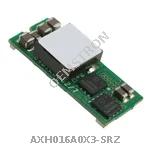 |
AXH016A0X3-SRZ | DC DC CONVERTER 0.8-3.6V 58W | 1858 More on Order |

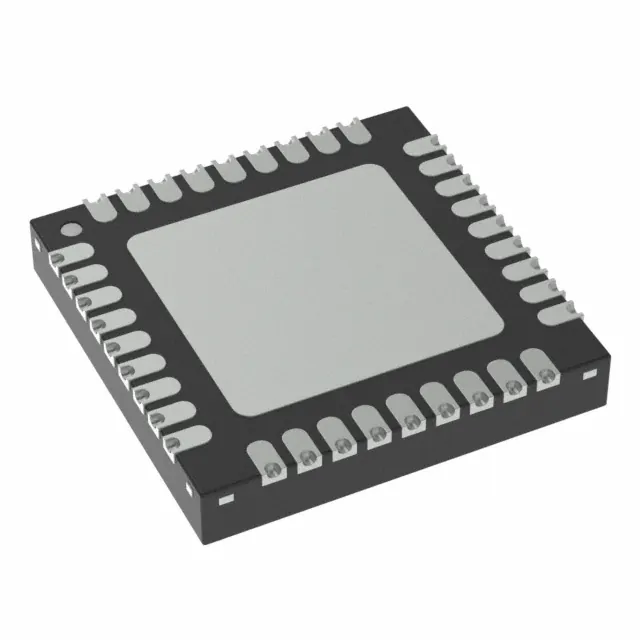 Semiconductors
Semiconductors









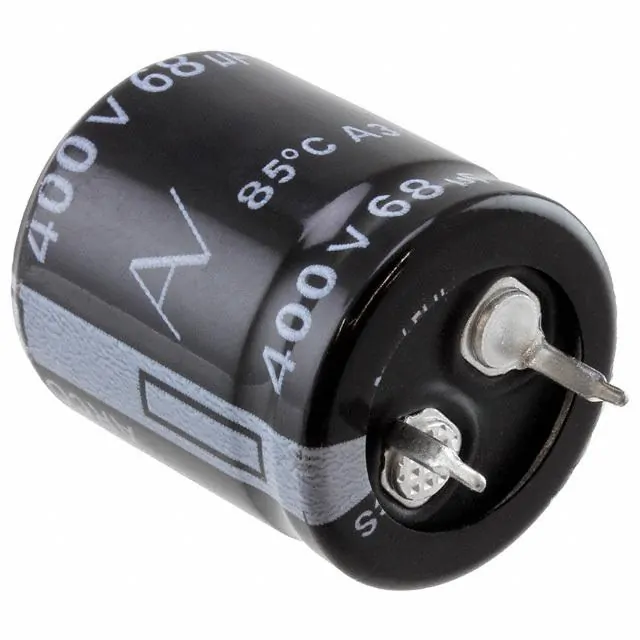 Passive Components
Passive Components









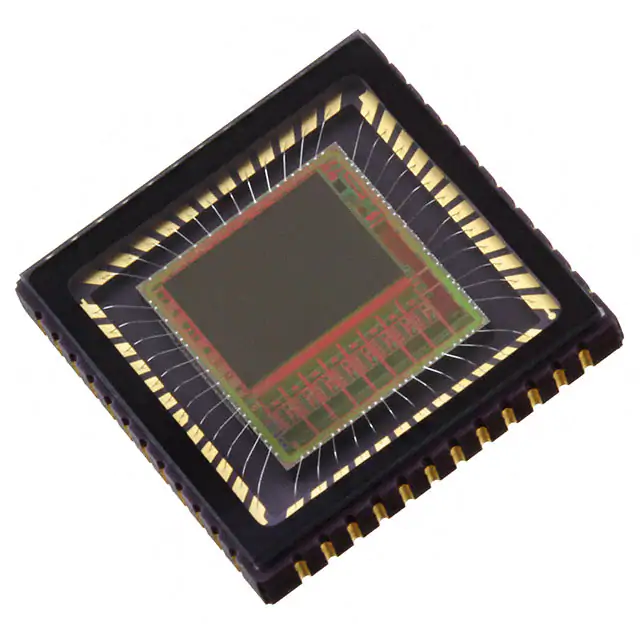 Sensors
Sensors








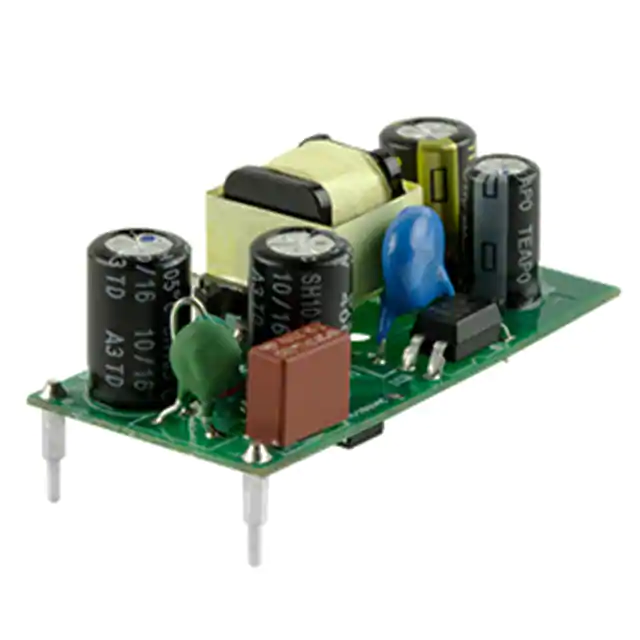 Power
Power









 Optoelectronics
Optoelectronics








